The ten deadliest crashes in aviation history
In yet another tragic aviation accident, Flydubai, a government owned low cost UAE based airline, crashed enroute from Dubai to Rostov in Russia, killing all 62 on board. According to a whistleblower, the airline was known to ‘work their pilots to death’, and thus fatigue could have been a cause for the death. Other theories being considered are technical failure, adverse weather conditions and crew error, among others. On its part, the Russian investigation industry has opened a criminal investigation into any security breaches, and 50 investigators have been put on the case.
Though, as per David Ropeik, a Risk Communications instructor at Harvard University, the odds of dying in a plane crash are one in 11 million, the aviation industry has been witness to numerous horrific accidents that have cost thousands of lives.
We take a look at ten of the deadliest air crashes in aviation history:
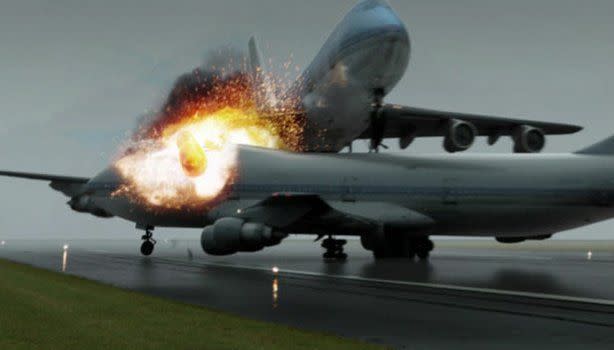
Tenerife disaster: The worst accident in the history of aviation, in terms of number of deaths is the Tenerife disaster. On March 27, 1977, a KLM Boeing 747 attempted to take off without clearance, colliding with a taxing Pan Am 747, killing 583 people. This happened at the Los Rodeos airport, in Tenerife, Canary Islands. While all passengers and crew on board the KLM died in the collision, 61 of the 396 passengers and crew on board the Pan Am, survived.
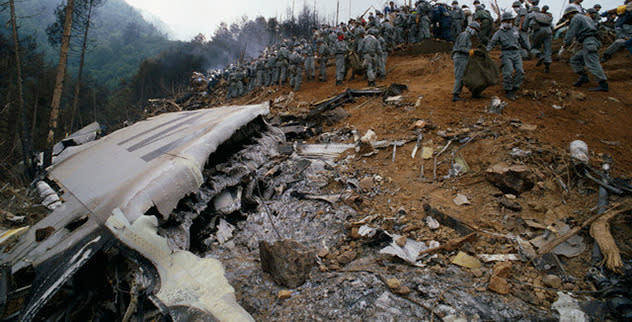
Japanese Airlines Flight 123: 520 people were killed when a Japanese Airlines Flight 123 crashed not long after take off, in Mount Osutuka, central Japan. This is the deadliest commercial single aircraft air disaster and the deadliest aviation accident in Japan. The reason for the crash was an explosive decompression from an incorrectly repaired aft pressure bulkhead, which ripped off a large portion of the tail and led to loss of control. Four people survived the crash.
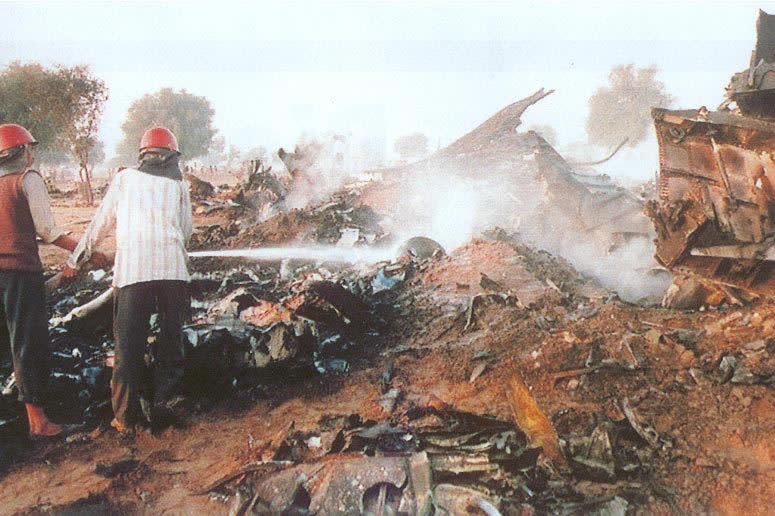
Charki-Dardi mid air collision: The worst mid-air collision in aviation history, and the third deadliest air accident happened on November 12,1996, when a Saudia Flight 763 collided with an Air Kazakhstan Flight 1907, over Charki-Dadri in Haryana. The pilot of the Air Kazakhstan flight was flying lower than the assigned clearance altitude, leading to the collision, which killed all 349 passengers and crew on board both aircraft. Post the crash the Civil Aviation Authority of India made it mandatory that all aircraft flying in an out of India be equipped with Traffic Collision Avoidance System (TCAS), setting a precedence internationally.
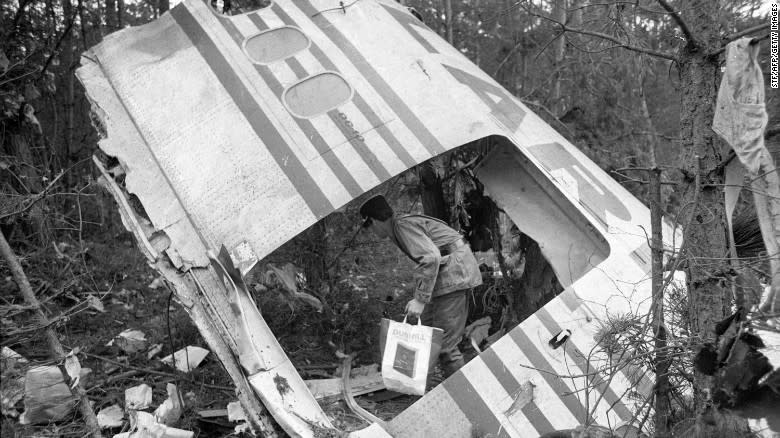
Ermenonville air disaster: On March 3, 1974, Turkish airlines flight 981- a McDouglas DC-10 - was on its way to London when it crashed into a forest near Paris, killing all 346 on board. The reason was found to be a cargo door which had detached, leading to an explosive decompression, the floor collapsing, control cables getting severed, and the pilot losing control of the aircraft, eventually.
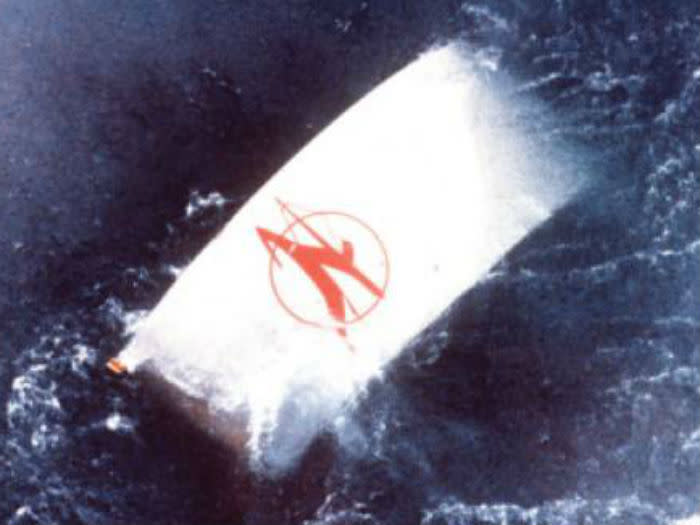
Air India Kanishka bombing: In the deadliest terrorist attack of that time, a bomb exploded in the cargo hold of an Air India Flight 182 on 23 June, 1985, leading to the plane crashing off the coast of Ireland. The bomb was reportedly planted by Mr Singh, a passenger who had checked in, but did not board the flight. The attack was found to be planned by Sikh extremists, in retaliation of the Indian government’s attack on the Golden Temple in Amritsar.
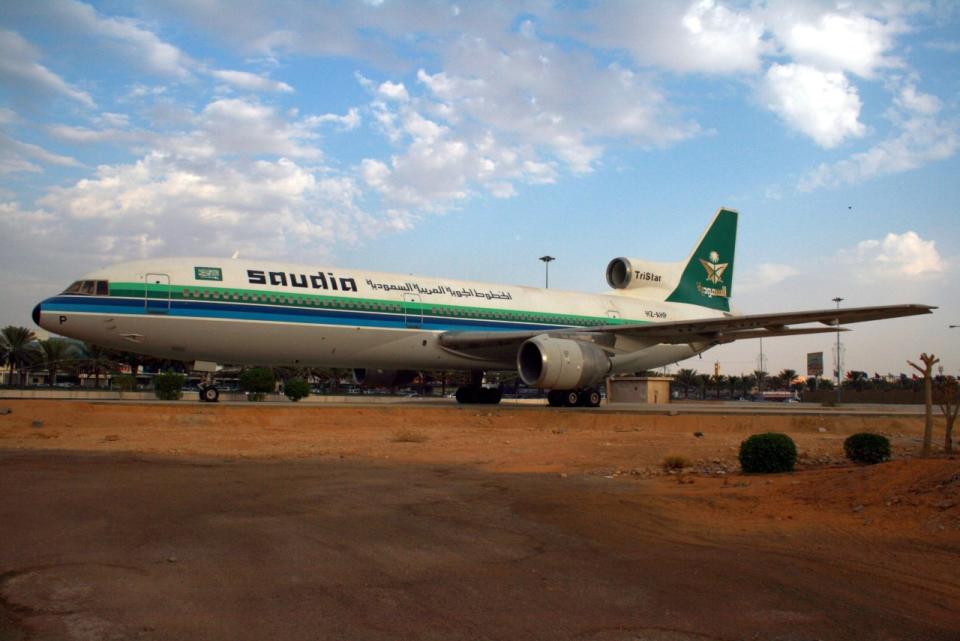
Saudi Arabian Airlines Flight 163: This was the world’s deadliest air accident, which did not involve an actual crash. On August 19, 1980, after a fire broke out in the cargo hold, the crew managed to safely land the aircraft. However, instead of ordering an immediate evacuation, the pilot taxied off the runway. The fire, which had burned through the ceiling, entered the cabin, and as the crew and passengers were unconscious by then, the cabin doors could not be opened. The crew died of suffocation before the rescue teams could open the doors, and the aircraft burst into flames. All 301 people on board the aircraft died in the tragedy.
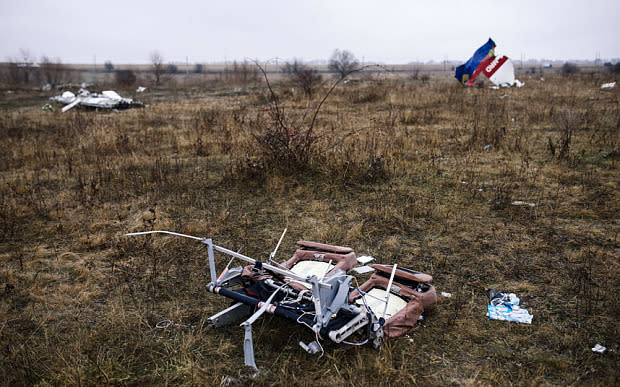
MH 17: One of the deadliest airline crashes in recent times happened on July 17, 2014, when a Malaysia Airlines Flight MH 17, was shot down in Eastern Ukraine, while flying from Amsterdam to Kuala Lampur. All 298 people on board, which included 3 infants and 15 crew members, died. According to German and American intelligence reports, the plane was hit by a surface-to-air missile, mistakenly fired by pro-Russian insurgents. But this theory was refuted by Russian authorities.

Iran Air Flight 655: In another deadly crash induced by an attack, on 3 July, 1988, an Iran Air Flight 655 was shot down by two surface-to-air missiles from the U.S. Navy's guided missile cruiser, USS Vincennes, over the Strait of Hormuz. This happened when the USS Vincennes was exchanging fire with small Iranian ships in a stand off in the Persian Gulf. The Iran Air Flight 655 took off from the nearby Bandar Abbas International Airport, around the same time. Mistaking it to be a fighter aircraft, the USS Vincennes fired two shots at it, bringing the craft down. There were 290 people on board the flight – all died.

American Airlines Flight 191: In the deadliest commercial aircraft accident in the US history, an American Airlines Flight 191 lost control and crashed near the O’Hare Airport in Des Plaines, Illinois, on May 25, 1979. The reason for the crash was improper maintenance, because of which the number one engine and pylon on the left wing separated and flipped over the top of the wing. All 271 passengers and crew on board the aircraft died, along with two people on the ground.

American Airlines Flight 587: Just two months after the deadly September 11, 2001 attacks, an American Airlines Flight 587 departing from John F Kennedy airport, crashed in the Belle Harbour neighbourhood in Queens, New York. All 265 passengers and crew members, and five people on the ground, were killed in the crash.

